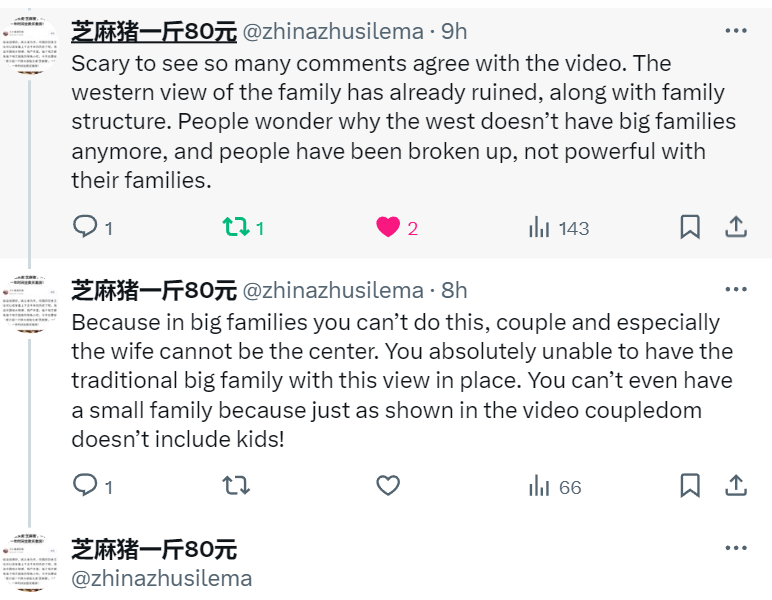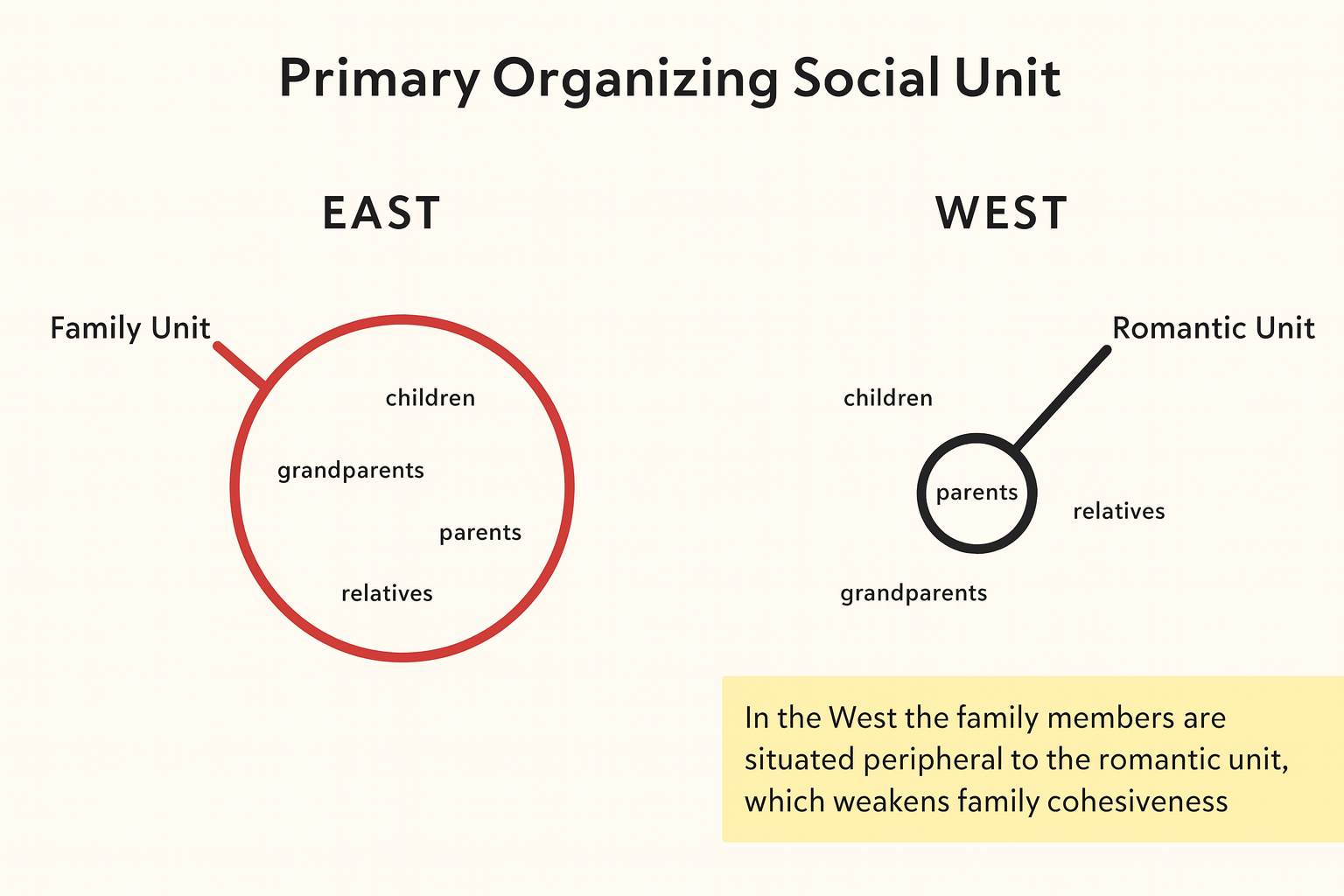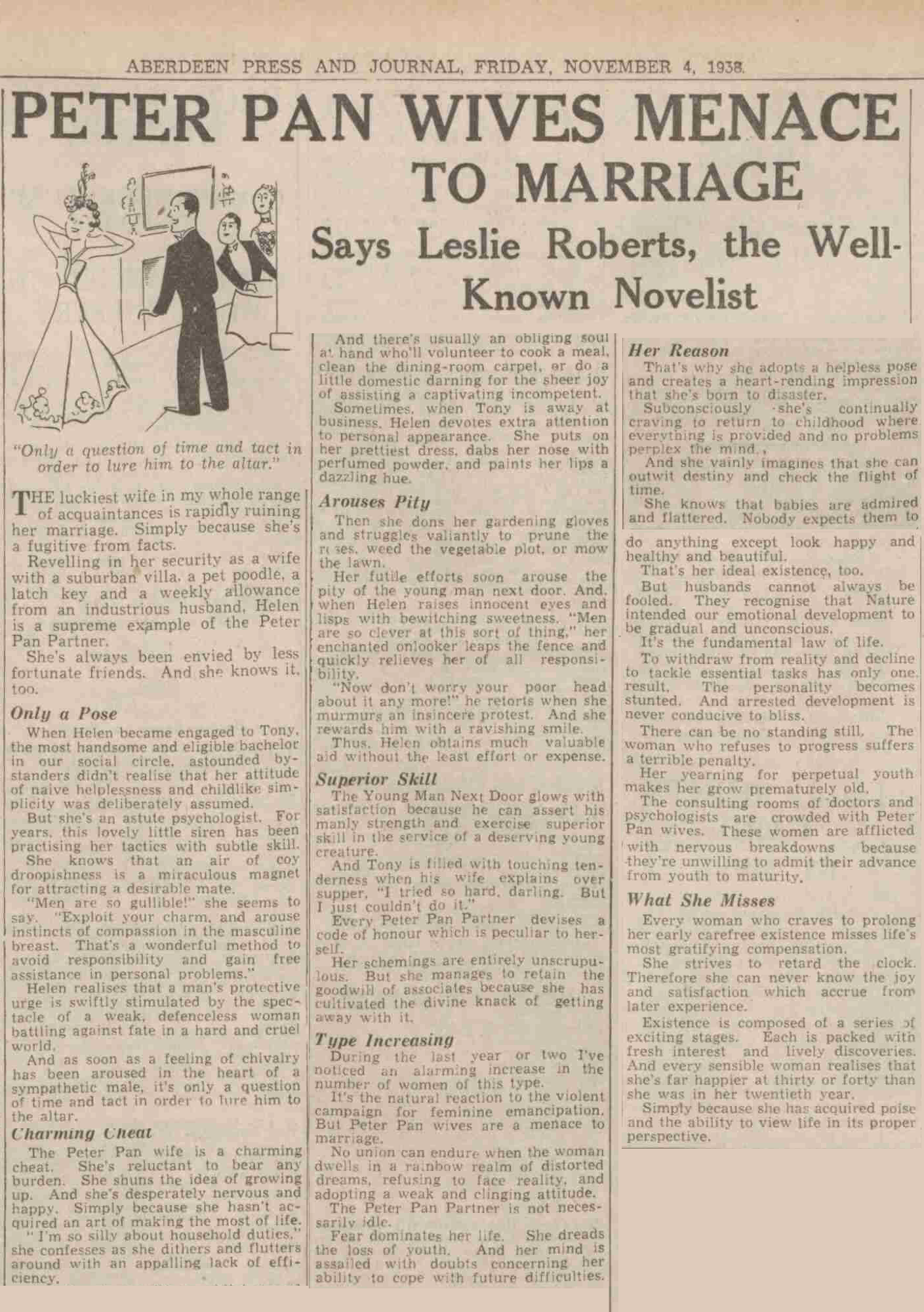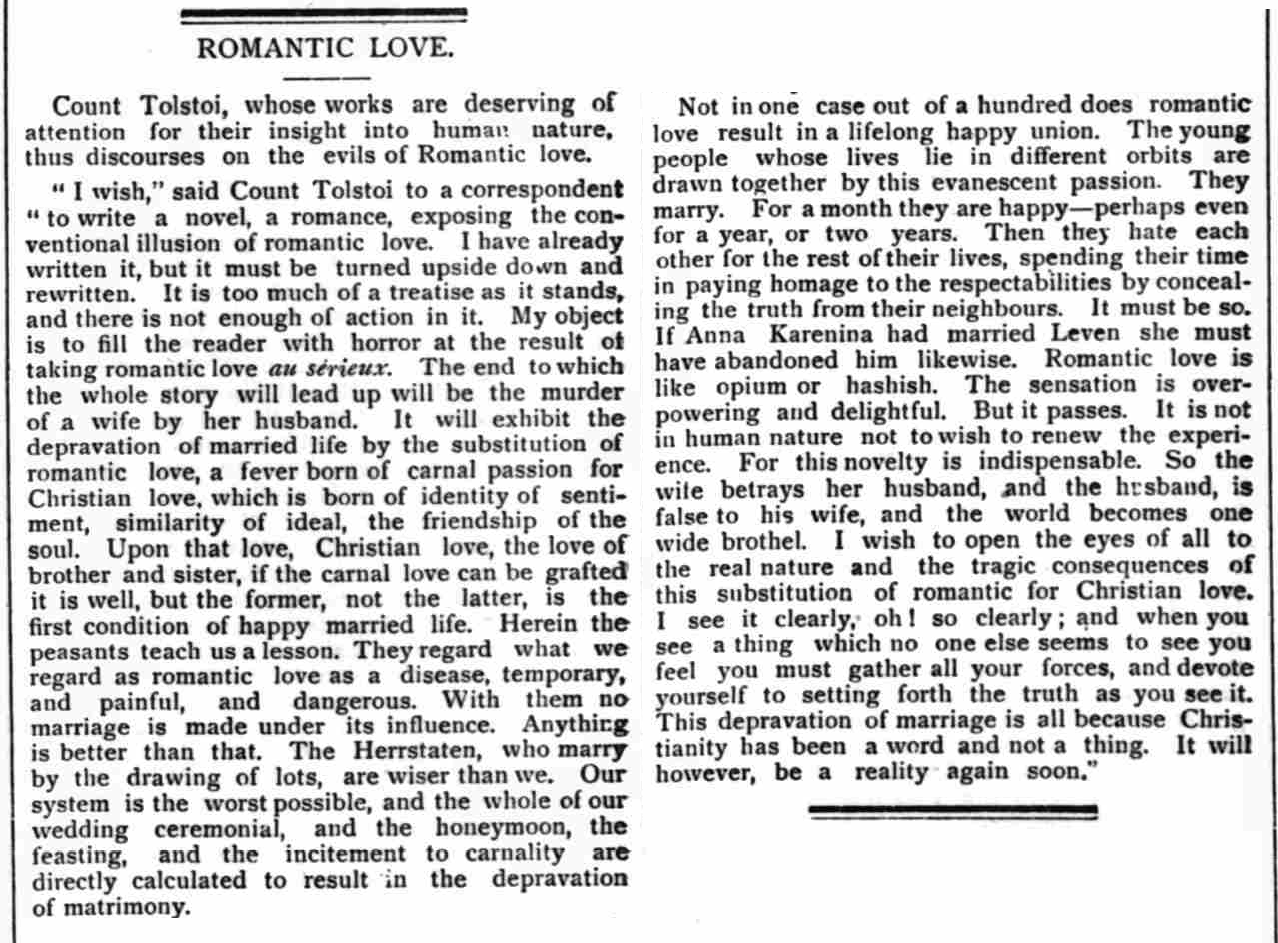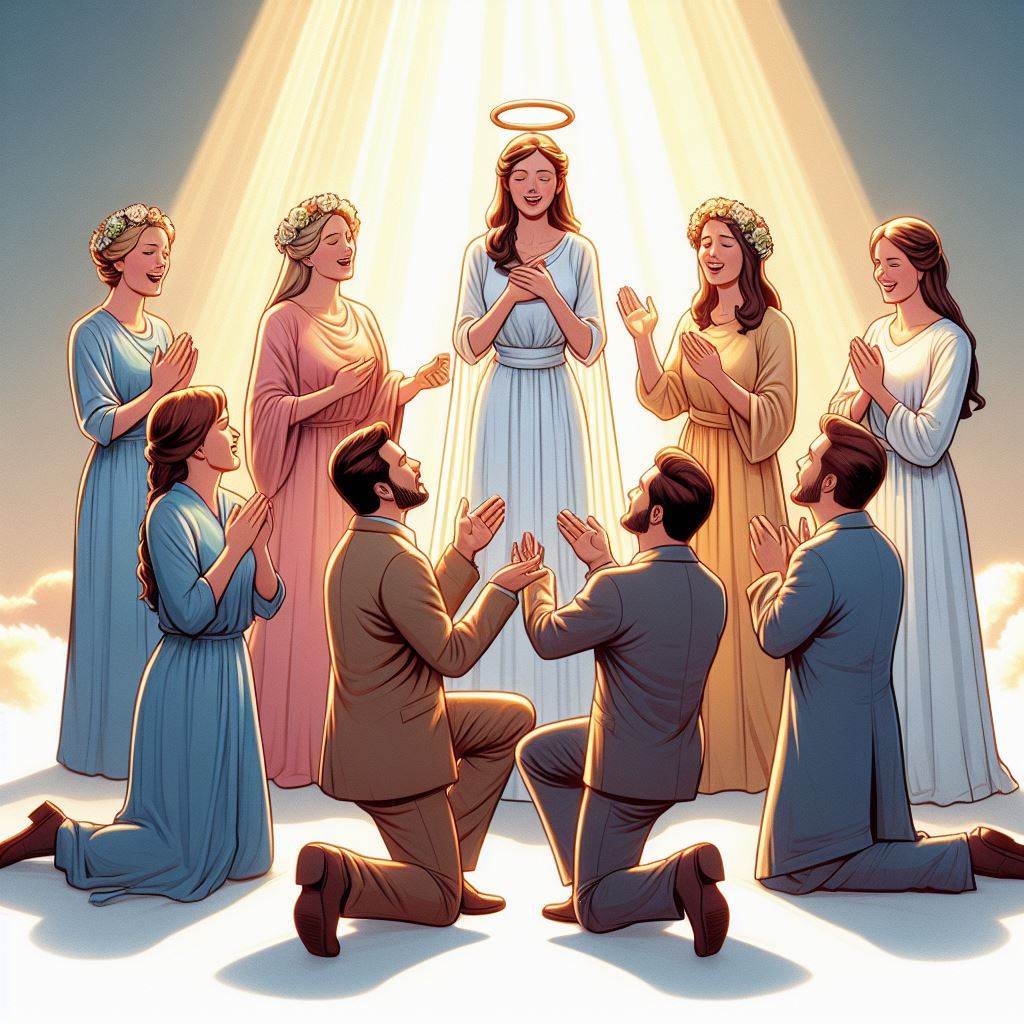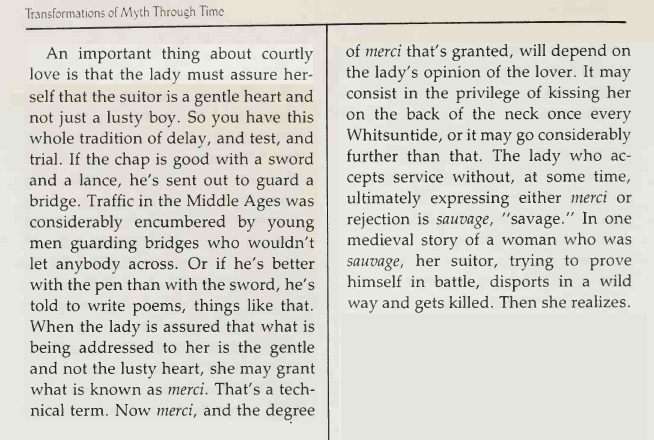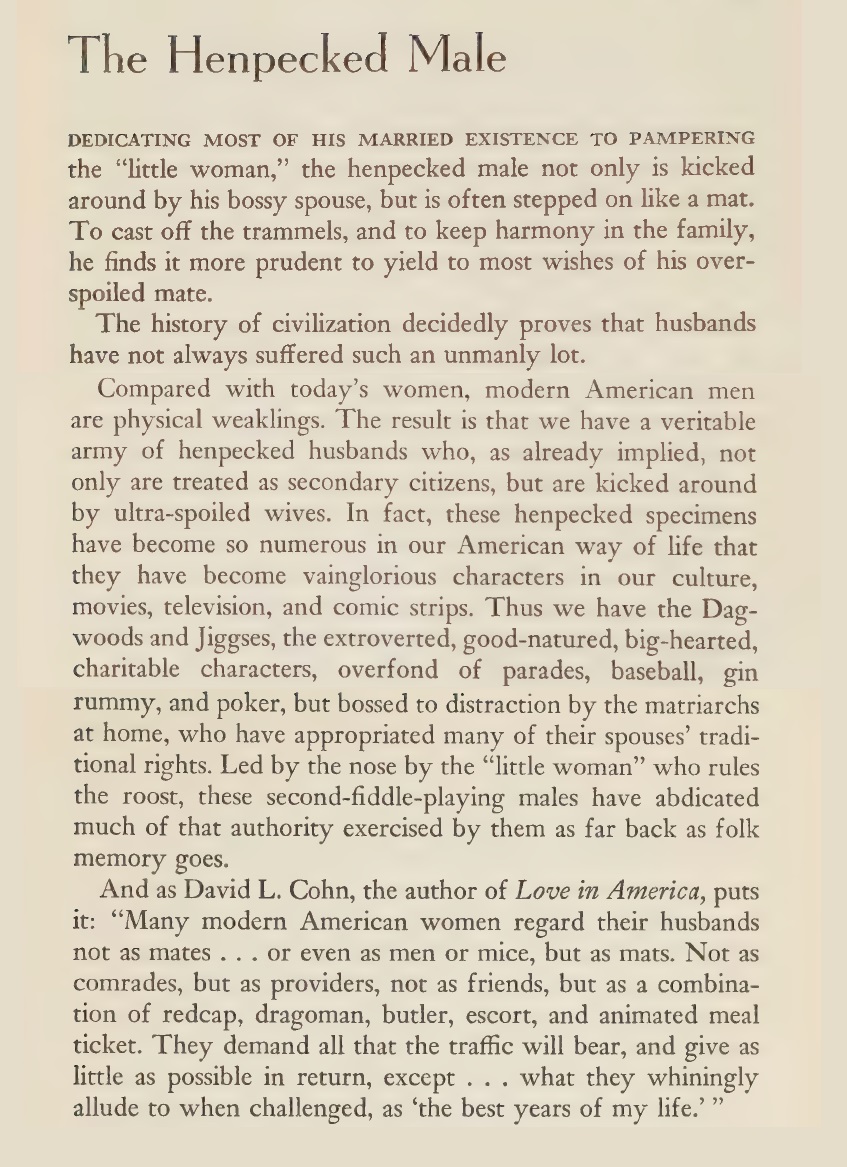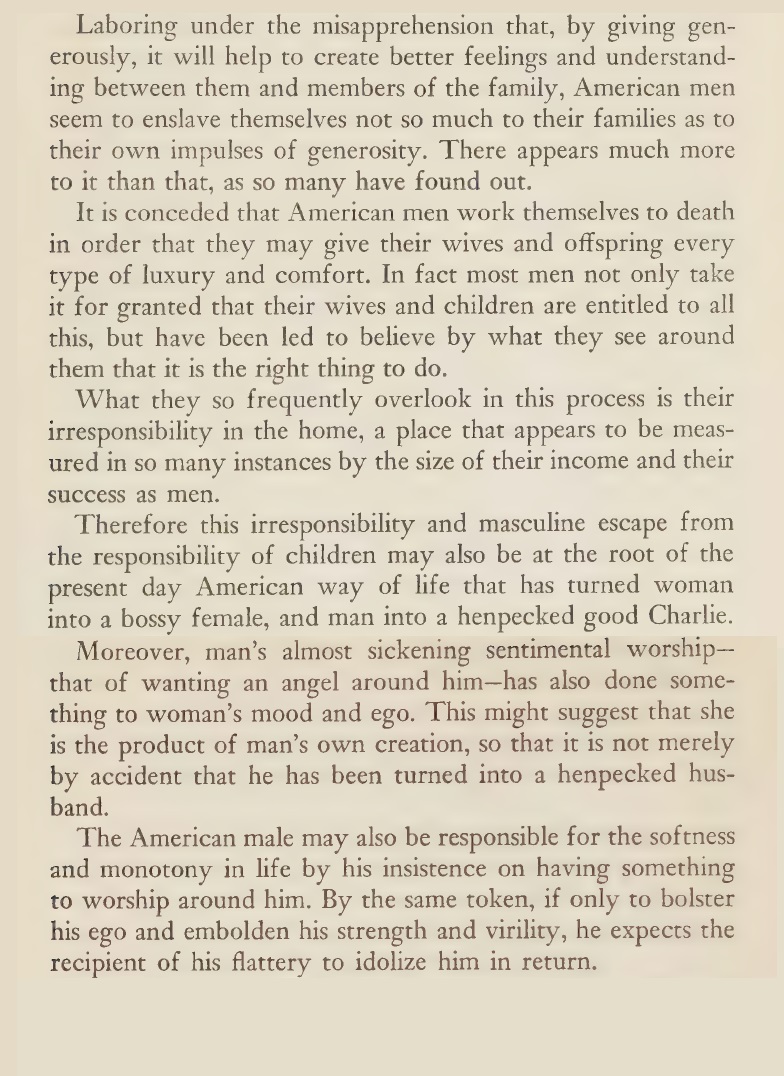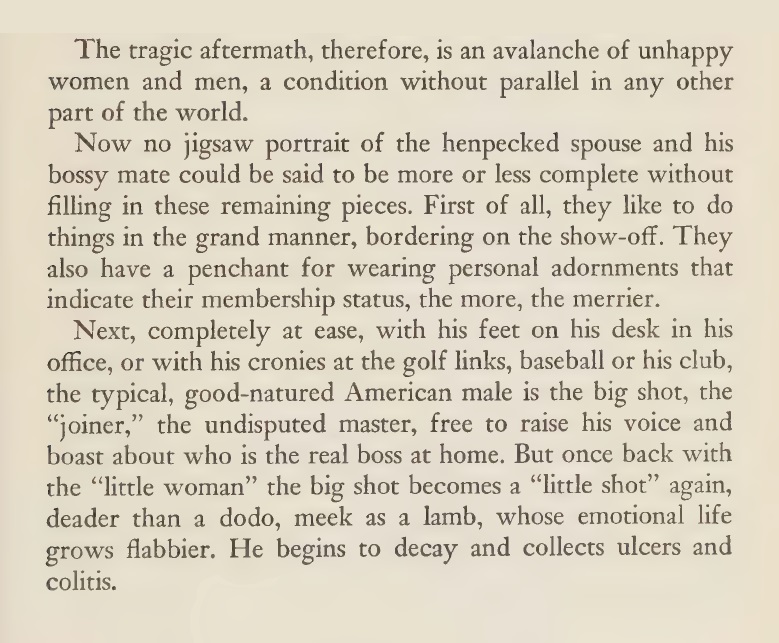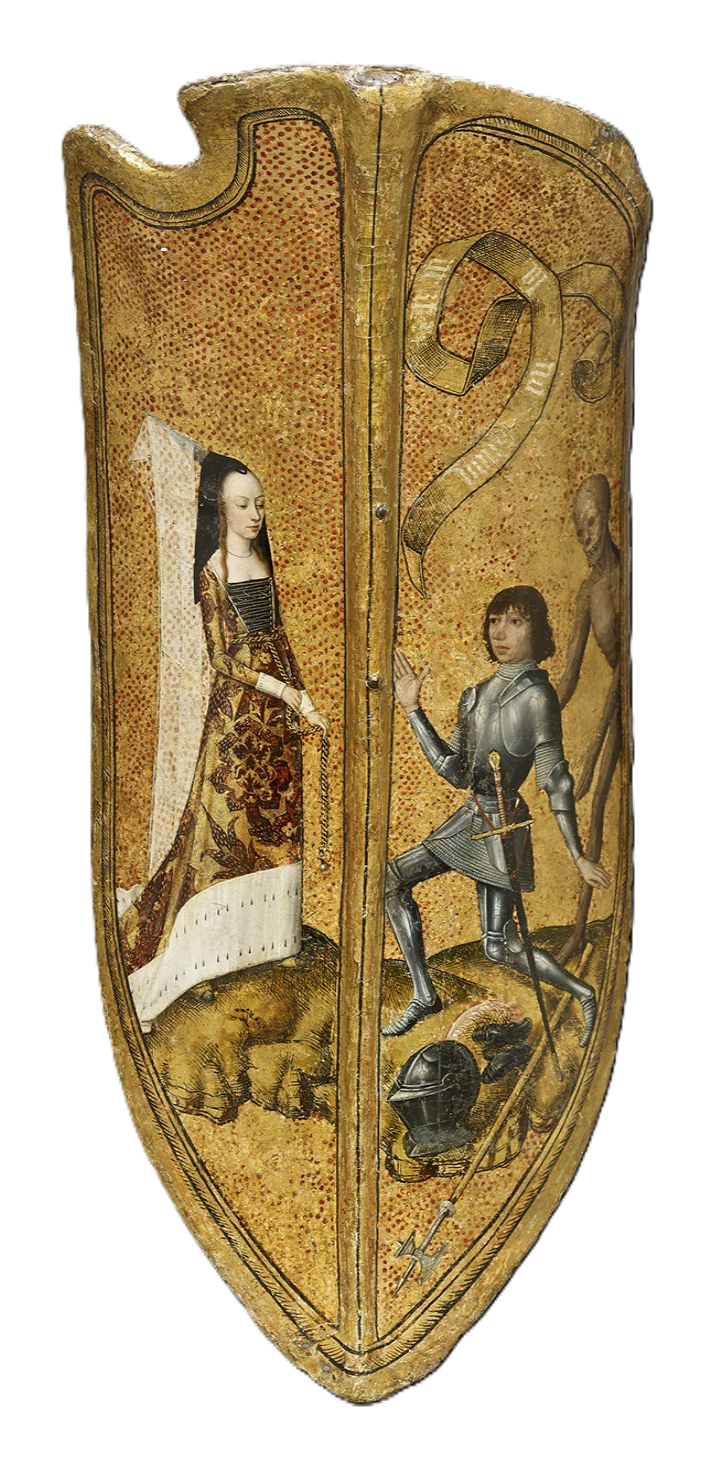By Paul Elam
Eleanor Roosevelt is credited with saying ‘Great minds discuss ideas. Average minds discuss events. Small minds discuss people.’ It is a fantastic quote and I’d like to borrow from it and offer my own red pill spin: Great minds discuss gynocentrism. Average minds discuss feminism. Small minds discuss women.
When discussing a values-centered model in the context of gynocentric culture, I assume three states of being most typical to modern western men. Those are:
- Gynocentric
- Gynocentric Reactive
- Gynocentric Proactive
Gynocentric refers to the average man. He usually, but not always, operates with women unconsciously, just following whatever scripts he has adopted from early life. He seeks women’s acceptance without an intact set of values that are designed to protect him. In fact, it is his values that put him at risk. Many men value only being accepted sexually and romantically, by any woman they are attracted to, regardless of her moral character and any possible risk she represents.
The gynocentric man is the one with a piece of paper that says kick me taped to his back. We can mock him if we want, but we are well to remember that we have all been this man at one point or another in our lives.
Gynocentric Reactive is a much more complicated affair. Here we see men who are infinitely more conscious than gynocentric men. They are aware of relationship pitfalls, may even be quite familiar with concepts like gynocentrism, hypergamy and male disposability.
It is their reaction to that information that may foment troubles. These men can be perpetually fulminating and overtly hostile to anything female. It’s the “all women are bitches and hoes” crowd, and the ever present resentments they carry can cause emotional and psychological atrophy. They may have a diminished capacity for reason and defensively take refuge in an ideology that shields them from examining their anger productively.
Another manifestation of the gynocentric reactive man is one who hides inside emotional armor, simply reducing women to their sexual utility, doing their best to get sex then get out. Unfortunately, it is a form of self-protection that may well heighten risk with repeated sexual contact with women who have not been assessed for anything other than physical attraction.
Finally, there are still other gynocentric reactive men who are just frustrated by the realities of lived experience with women. They find themselves caught in a web of confusion and consternation. They tend to be understandably mistrustful of women, and sometimes vacillate between being indifferent to them and being attracted. They feel stuck and outgunned. Chronic loneliness is often part of their lot. For this reason, many of them may be attracted to the other forms of reaction-based mindsets that don’t leave them feeling so vulnerable.
Gynocentric Reactive men get call misogynists a lot. They’re not. Setting aside judgements about the efficacy of their state of being, they are just men rationally demonstrating the will to self-protect. Regardless of how tiring the perpetual anger may be, they are much more functional and conscious than the gynocentrist.
The Gynocentric Proactive man routinely operates consciously with women. He has a clearly identified, personally chosen set of values that trump his sexual instincts and significantly temper his need for female approval.
Whether he includes women in his life or not, he is not burdened by fear of, or resentment toward, them.
He does not tolerate abuse, doesn’t take unnecessary financial risks or commit thoughtlessly. He can be available for a relationship if he chooses. He is also willing and able to let a relationship go that threatens his well-being. And he can do it without undue emotional distress.
Importantly, he is willing, indeed insistent, on evaluating any woman on his radar for risk and maintenance concerns.
It is important to reiterate here that none of these states of being can be called wrong. They are simply ways of coping in the modern sexual milieu. Even the gynocentric male is trying to cope in his way.
I will point out, however, that when I see men belittling and shaming other men for not walking in lockstep with them, it usually comes from gynocentric and gynocentric reactive men. Those are also the two states of being where, exceptions notwithstanding, I have observed the least happiness and the least reasonable points of view.
So, obviously, the intent here is to suggest that there is much more benefit to men in a Gynocentric Proactive state of being. The benefits are certainly there for emotional health.

